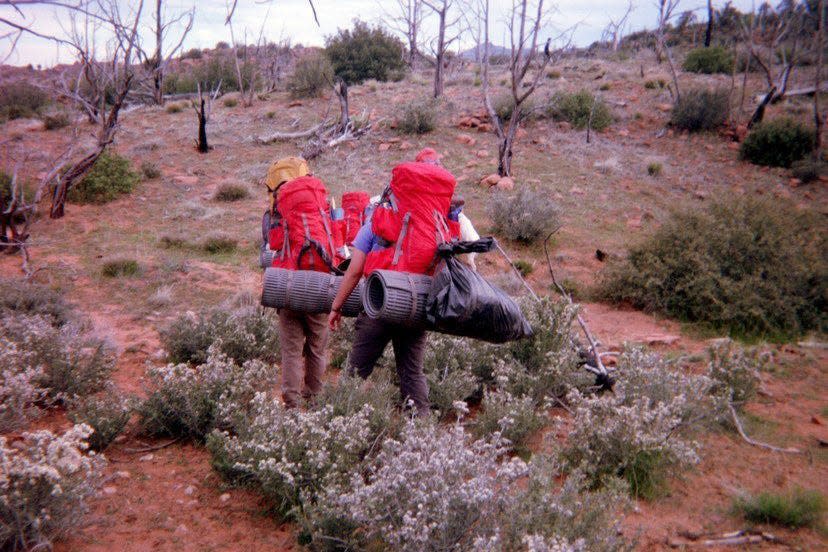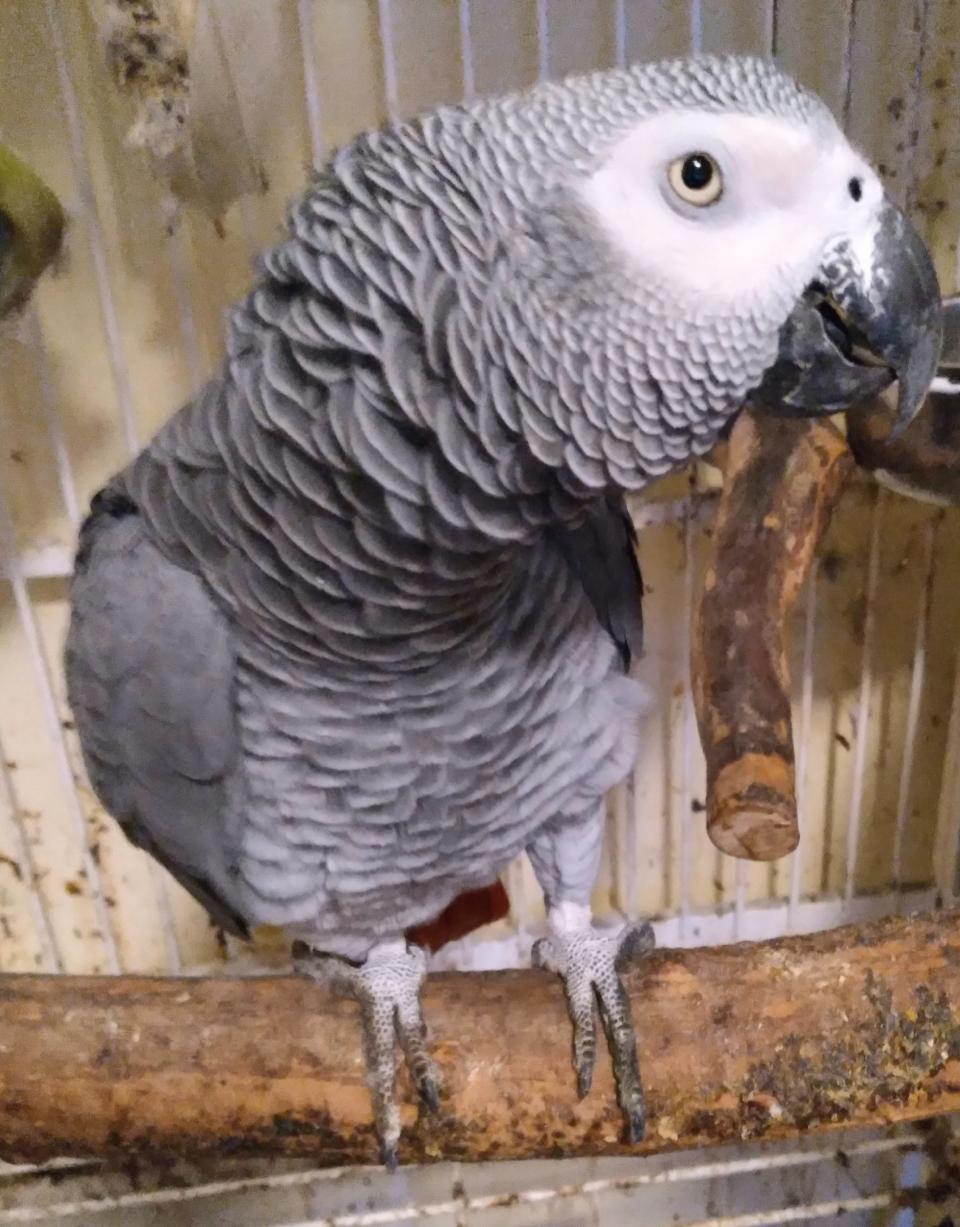Wilderness therapy sounds healing, but survivors share a different story

Happy Saturday!
This week, you're hearing from me, Jenna Ryu. I'm picking up where Sara Moniuszko left off, and today I'm here to share an important story she wrote.
For the past few months, Sara has been researching wilderness therapy, a type of treatment parents often turn to when they feel they need professional help for their kids.
In brochures and online, these programs look idyllic, touting an opportunity for children struggling with a myriad of behavioral issues to "connect with nature" and "find hope and healing."
But former campers and staffers who spoke with USA TODAY paint a different picture. They tell of being abused by staff, of fearing punishment at all hours. They describe living in filth.
They call themselves survivors.
Wilderness therapy was supposed to help these ‘troubled teens.’ It traumatized them instead.
Here's an excerpt from her piece:
The bathroom consisted of a tarp tied between two trees.
When Katelyn Haruko Schmisseur used it, she made eye contact with a staff member. She squatted, they stared. A requirement of her wilderness therapy program, they told her.
Because of her eating disorder, a staff member was with her at all times almost the entire length of her stay in the Utah desert.
A bucket lined with a biohazard bag acted as a receptacle for solid waste. As the weather got warmer, the smell got stronger. The flies were incessant.
With only one roll of toilet paper a week to be split among 10 people, Katelyn would resort to cleaning herself with sticks and leaves.
"It was just so nasty," she says. "They didn't care. ... (It was) just another form of dehumanizing you and taking away your dignity."
To read the full story, click here.
Who should you be spending more time with?
How many messages, DMs, voicemails, comments, emails or invitations do you ignore or decline daily? Most of us can agree that there aren't enough hours in a day to be available for everyone! This means we must prioritize our activities and, most importantly, who we spend our time with.
Not sure which relationships to prioritize? In this week's column, Millennial Therapist Sara Kuburic explains the types of people to keep close. Here are a few of her suggestions:
People who tell us the truth. It's essential that we can trust the people around us. Honesty is not just about someone refraining from lying or coming forward when they screw up; it's also about finding a way to tell us truths that we don’t want to hear (but need to).
People who make space for your emotions. Many people are good at having stimulating conversations but lack the emotional availability needed to make space for how we feel. We all need individuals who respect our feelings understand that sometimes all we need is to be heard (not fixed). Such individuals serve as a source of support and can help us grow in our emotional maturity.
To read the full column, click here.

Today's reads
This week's advice column: Can I hide my pregnancy from my toxic, overbearing mother-in-law?
It's cuffing season! Make sure to beware of "winter coating," another toxic dating trend."
Doctors warn flu season is 'fierce'... and it's only getting worse. Here's what to know.
Hosting a holiday party? Impress your guests with this giant ginger cookie recipe!
Today's pet
Meet Gregory!

This adorable, African Grey parrot is about 30-years-old, but he sure doesn't look it! Some of his favorite phrases include "Are you a bird bird?", "No" and "You da bird!" How adorable.
This article originally appeared on USA TODAY: Wilderness therapy sounds healing, but survivors share a different story

